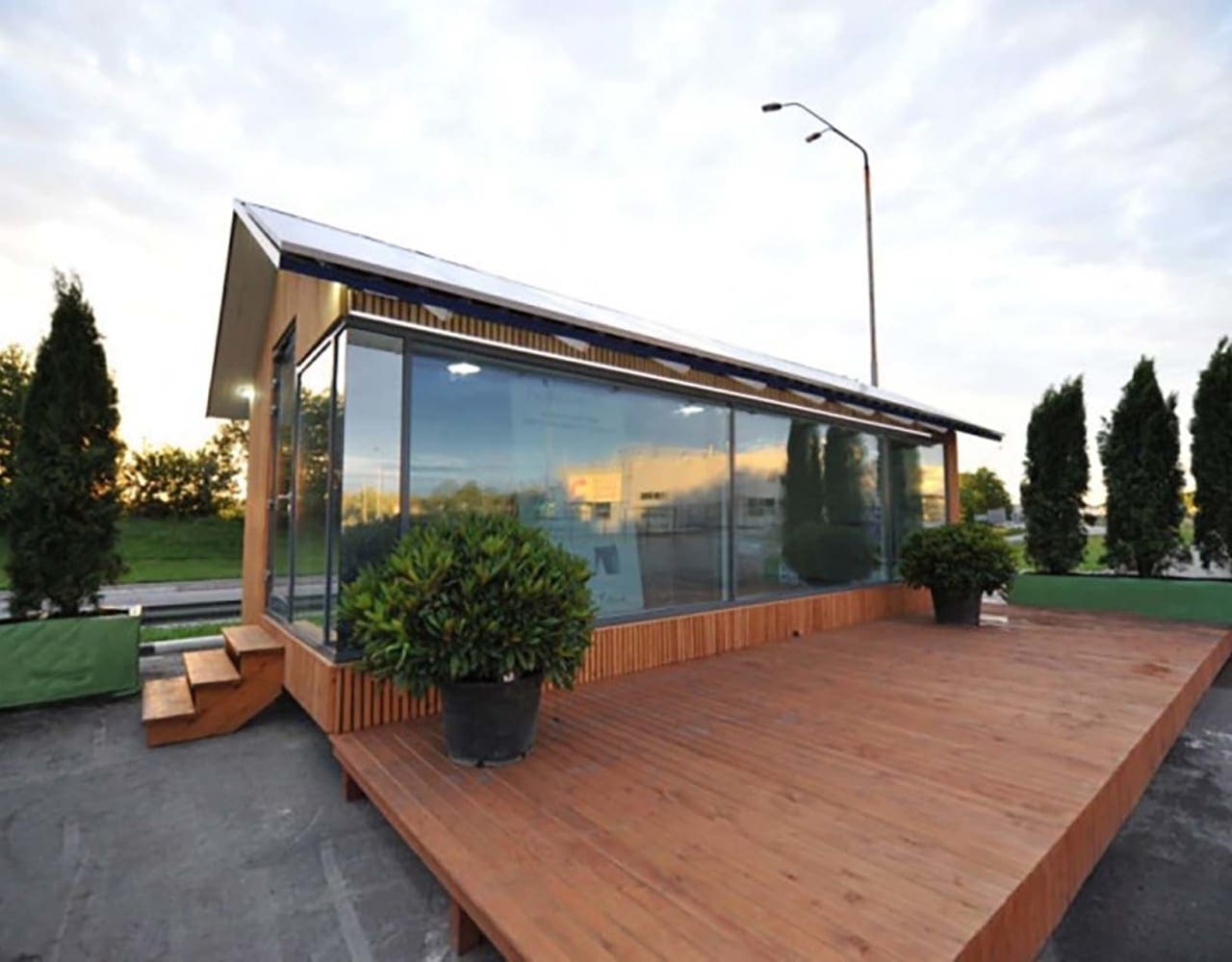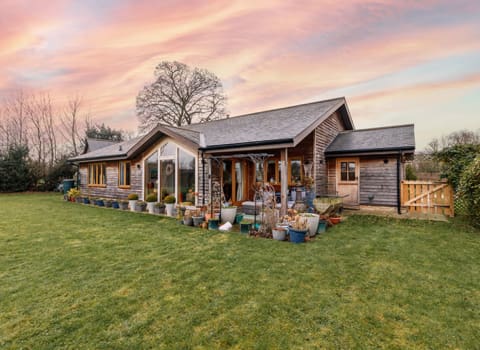Contact our offices
Main office
COLBURN
5 & 6 BAILEY COURT
COLBURN BUSINESS PARK
RICHMOND
NORTH YORKSHIRE
DL9 4QL
Estate Agency Offices are located in
BARNARD CASTLE, BOROUGHBRIDGE & RICHMOND
Residential Management Team
Our Offices
- Alnwick
01665 568310
Email Officealnwick@gscgrays.co.uk - Barnard Castle
01833 637000
Email Officebarnardcastle@gscgrays.co.uk - Boroughbridge
01423 590500
Email Officeboroughbridge@gscgrays.co.uk - Chester-Le-Street
0191 3039540
Email Officechester-le-street@gscgrays.co.uk - Colburn
01748 897630
Email Officecolburn@gscgrays.co.uk - Driffield
01377 337180
Email Officedriffield@gscgrays.co.uk - Hamsterley
01388 487000
Email Officehamsterley@gscgrays.co.uk - Hexham
01434 611565
Email Officehexham@gscgrays.co.uk - Kirkby Lonsdale
01524 880320
Email Officekirkbylonsdale@gscgrays.co.uk - Penrith
01768 597005
Email Officepenrith@gscgrays.co.uk

Could 3D printing address the housing crisis?
It is well reported that the Government aims to build 300,000 homes per annum in order to address the national shortage of housing which the country faces, an aspiration which the Labour party also endorses.
The Planning Bill was included in the Queen’s speech and is intended to streamline the planning system so that it is more efficient. Whilst helpful, in isolation this is no silver bullet.
According to the Local Government Association, in 2019/2020, a ten-year record was set for house building with 220,600 completions. This is excellent news but still a long way short of the 300,000 targets.
Using Ministry of Housing and Local Government data, the LGA confirms that the number of consents being granted by councils has doubled since 2010, with 90% of applications being approved. The figures also reveal, however, that over that period, 2.8m properties have consented, but only 1.6m have actually been built.
The LGA is canvasing for councils to have compulsory powers in order to resolve this issue, however, a lack of delivery is highly unlikely to be solely due to a lack of desire on the part of a developer. The exercise of compulsory powers is therefore highly unlikely to increase the rate of delivery.
There are significant challenges facing the country in terms of housing delivery. These include an existing shortage of skilled labour on site coupled with a likely reduction in foreign workers following Brexit. Covid has exacerbated supply issues with a lack of availability for some common products.
In light of this, we need to consider alternatives. The 1950’s prefab has now evolved to a slick Germanic Huf Haus. The construction of precision, factory manufactured components speeds up delivery on site. By automating the process, this helps address the labour shortage and by diversifying away from bricks and mortar, the pressure on the supply chain is also eased.
As well as developing existing concepts like the prefab, new technologies such as 3D printing (yes, people are 3D printing houses) further automates elements of the construction process. With Net Zero targets, cement is far from ideal but there is no doubt that these technologies and products will continue to evolve as demand for them grows.
If Government is to fulfil its ambition, it needs to help bring about these exciting new techniques. Industry and the public also need to embrace some that Festival of Britain enthusiasm for all things new and consider with an open mind, alternatives to bricks and mortar. In doing so, we will help fulfil our ambitious house building targets and will do so in a dynamic and exciting way.
Image source: activehouse


GSC Grays News
Residential Property Market: Recent Trends and Prospects for the year ahead
Read more







